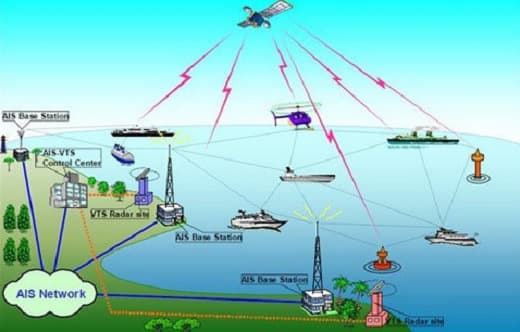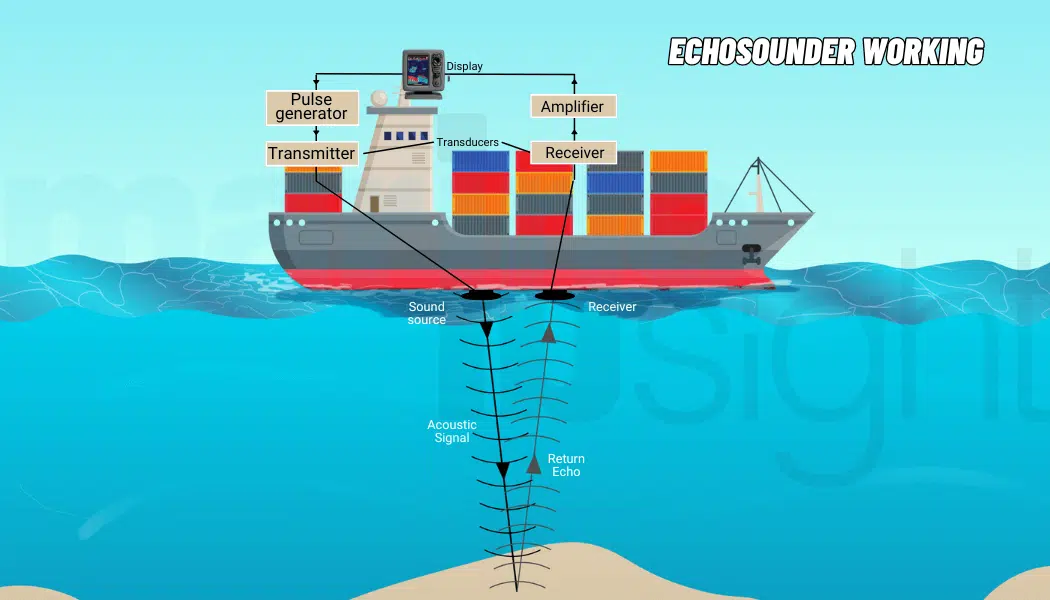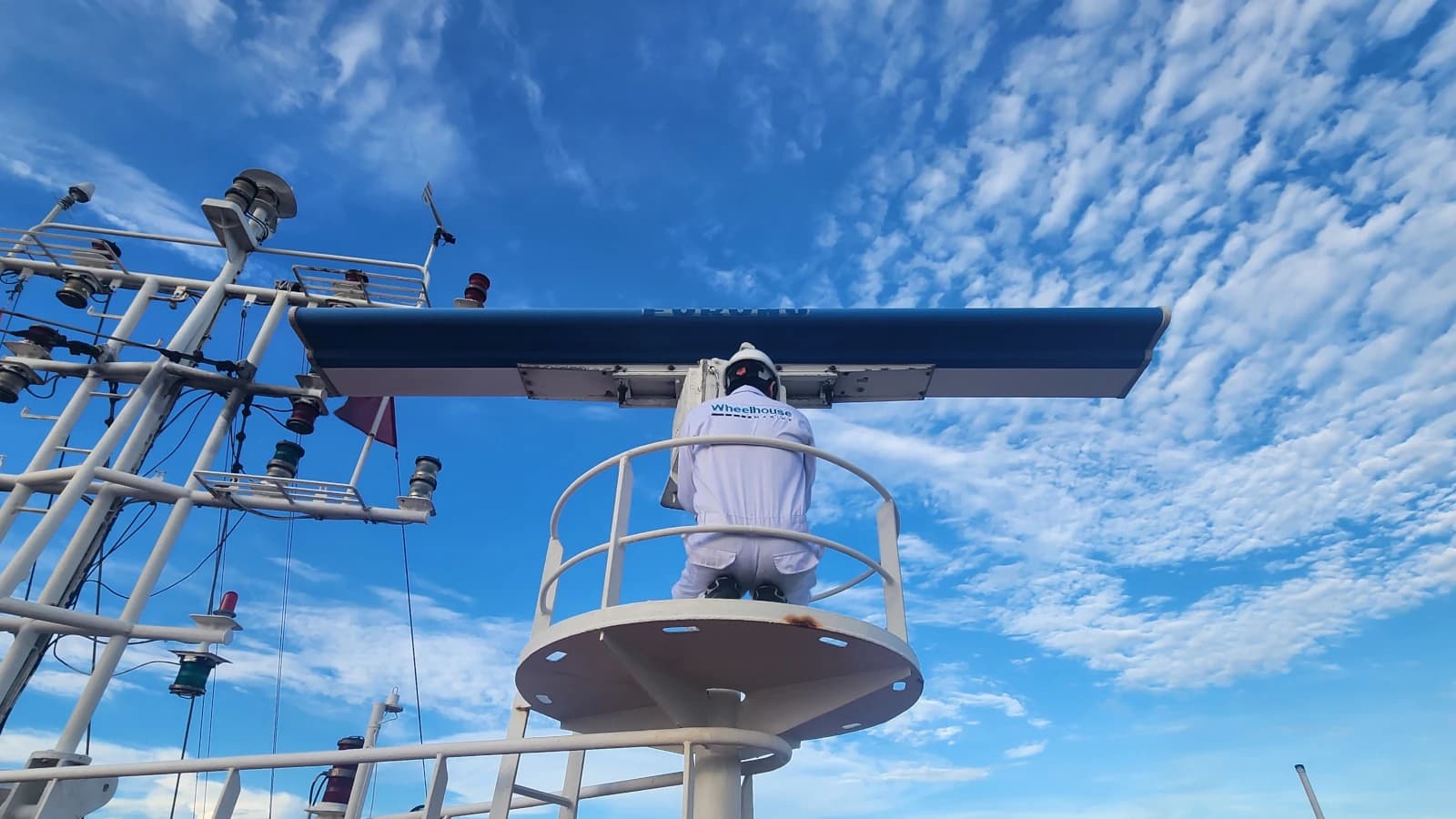AIS: Technical Analysis of SOTDMA, Data Integrity, and Traffic Management

Evaluating the effectiveness of the self-organizing channel access mechanism in ensuring global maritime transparency and safety.
1. Introduction: From Passive Detection to Active Exchange
While RADAR provides passive detection (based on reflected waves), the Automatic Identification System (AIS) revolutionized situational awareness by establishing an active and automatic data exchange channel via VHF radio frequency. AIS is a mandatory communication system under SOLAS Chapter V for most commercial vessels, with the primary goal of enhancing safety by providing identification, position, speed, and navigational intent of other vessels.
The uniqueness of AIS lies in its self-organizing transmission mechanism, which allows thousands of vessels to share a limited bandwidth while maintaining data integrity and reliability. This article will deeply analyze the complex SOTDMA mechanism, the types of data exchanged, and the operational challenges in the modern maritime environment.
2. Technical Foundation: The Self-Organizing Channel Access Mechanism
AIS operates on two dedicated maritime VHF frequencies (87B and 88B, 161.975 MHz and 162.025 MHz), utilizing the Time Division Multiple Access (TDMA) protocol.
2.1. SOTDMA (Self-Organizing Time Division Multiple Access)
SOTDMA is the core of AIS Class A (mandatory) equipment. It is designed to overcome the limitations of traditional communication protocols by creating a synchronized and predictable communication system.
- Frame Structure: The SOTDMA time frame lasts 1 minute, divided into 2250 time slots.
- Slot Reservation Principle: When an AIS unit starts up, it listens to the channel and then automatically selects one or more time slots for data transmission. More importantly, the unit reserves these time slots for subsequent transmission cycles.
- This mechanism ensures that neighboring vessels are aware of the reserved slots and avoid using them, minimizing the risk of transmission collision.
- Transmission Rate Adjustment: The rate of transmitting dynamic data (position, speed) is automatically adjusted based on the vessel's speed and maneuver status.
- Fast-moving vessels (over 23 knots): Transmit every 2 seconds.
- Anchored/slow-moving vessels: Transmit every 3 minutes.
2.2. CSTDMA and the Class A vs. Class B Distinction
CSTDMA (Carrier Sense Time Division Multiple Access) is primarily used by AIS Class B (voluntary) units.
- Principle: The unit listens to the channel (Carrier Sense) and only transmits when the channel is clear. If the channel is busy, it waits for a randomized period.
- Limitations: CSTDMA lacks the slot reservation mechanism. In heavy traffic areas, Class B signals can be blocked by priority Class A signals, leading to a lower update rate and potential risks due to delayed information. Class A units also have a higher transmit power (12.5 W) compared to Class B (2 W), ensuring a longer transmission range.
3. Analysis of Data Integrity and Reliability
The reliability of AIS is entirely dependent on the integrity of the input data and the processing pipeline.
3.1. Analysis of Data Packets (Message Types)
AIS transmits standard data packets (Message Types) as regulated by IMO/ITU:
- Static Data (Message Type 5): MMSI, Vessel Name, Dimensions, Ship Type. This is basic identification information and should not be changed frequently.
- Dynamic Data (Message Types 1, 2, 3): Position, SOG, COG, Heading, ROT, Navigational Status. This data is derived from other sensors onboard.
- Voyage-Related Data (Message Types 6, 8, 14, 19): Draught, Destination, ETA, and Safety Related Messages.
3.2. Sensor Integrity Requirements
The accuracy of Dynamic Data relies on the linked sensor equipment:
- GNSS: Position, SOG (Speed Over Ground), COG (Course Over Ground) must be derived from an accurate GNSS receiver with RAIM functionality.
- Gyro Compass/Rate of Turn Indicator (ROT): Heading and rate of turn are necessary for other vessels to predict maneuvering actions, especially critical during turning or course alteration.
- Importance of Static Data: Errors in inputting ship dimensions or GNSS antenna position can lead to significant discrepancies in another vessel's CPA/TCPA calculations, creating a false collision risk.
4. Maritime Applications and Cooperative Role
AIS is not just a personal collision avoidance tool; it is a core component of the global maritime traffic management system.
4.1. Application in COLREGs and Proactive Collision Avoidance
AIS data allows the navigating officer to clearly identify approaching vessels, their speed, and, most importantly, their navigational intent (via Nav Status and ETA).
- Supplementing RADAR/ARPA: AIS data can be overlaid on RADAR/ECDIS displays, providing instant identification for targets tracked by RADAR, helping to filter out false targets and confirm information.
- Long-Range Warning: AIS provides effective collision warning capability at long ranges (up to 40-60 nautical miles), much earlier than long-range RADAR detection.
4.2. Role in VTS (Vessel Traffic Services)
AIS is the backbone of the VTS system. Shore stations use AIS data to:
- Monitor and Coordinate: Track traffic density, manage channels, and issue alerts for congestion or hazards.
- Hydrographic/Meteorological Information: Shore stations can use AIS to broadcast Safety Related Messages regarding changes in buoy positions, hazardous weather conditions, or security threats.
5. Technical Challenges and Mitigation Measures
Despite being advanced technology, AIS has operational and technical limitations that mariners must be aware of.
5.1. Range Limitation and Channel Overload
AIS uses VHF frequency, meaning its transmission range is limited by the Line of Sight (LOS) horizon, typically 20 to 40 nautical miles.
- Channel Overload: This is the biggest challenge in large port areas. Overload can reduce a vessel's data update rate, meaning information is no longer strictly real-time, posing a risk of delay in CPA calculations.
5.2. Operational and Security Risks
- Target Omission: AIS cannot detect non-emitting targets (vessels without AIS, small fishing boats) or vessels that have deliberately turned off their unit for illicit reasons (e.g., illegal fishing).
- Data Security: AIS equipment is not designed to resist cyber-attacks. There is a risk of Spoofing by broadcasting fake AIS signals, creating phantom targets on the bridge display. Navigating officers must always confirm AIS data using independent systems (RADAR).
6. Partnering with Wheelhouse
Wheelhouse provides cutting-edge AIS solutions from SOLAS-compliant manufacturers like JRC, Furuno, and Sailor. We focus on ensuring:
- SOTDMA Compliance: Providing Class A units with efficient SOTDMA mechanisms, ensuring stable transmission performance even in complex traffic environments.
- Sensor Integration: Technical support to guarantee that data integrity from GNSS, Gyro Compass, and other sensors is accurately transmitted via AIS.
We are committed to providing the tools that help you maximize the benefits of AIS for COLREGs compliance, safety management, and effective communication with VTS systems.
To learn more about our AIS solutions, international compliance requirements, and system integration support services, please visit our Solutions page.


